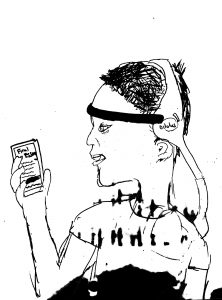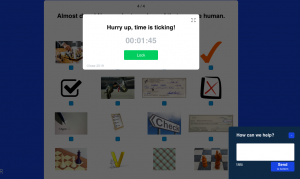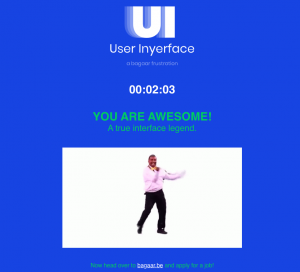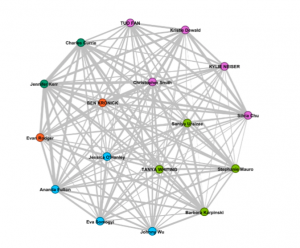

This speculative narrative features a boy named Fredericton who is experiencing education at its finest in the year 2042. Reading has transformed itself into a comprehensive process in which augmented reality enhances the experience. Textbooks have been uploaded into headsets that can project text onto any space. The headset will also now read the text aloud to Fredericton as the text that is being projected lights up to indicate what is being read in the headset. Fredericton is “extremely engaged” as the challenge of reading and comprehending is something that is presented to him every day.
The second speculative narrative takes place eight years later.Fredericton is in his final year of high school. He is asked to write his final thought paper about his experience throughout his formative educational years. The paper requires him to be thoughtful, and provide photographic artefacts to demonstrate his thoughts. The minimum word count for this assignment is 3000 words.This process should take Fredricton no more than 20 minutes. A truly “thoughtful” process.




